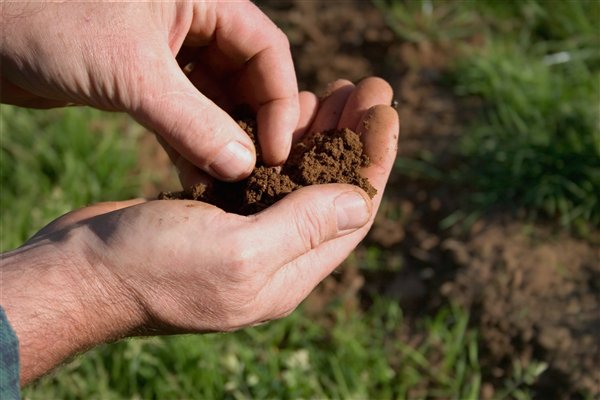How To Analyze Our Soil?

Sustainable living involves using all available resources around us. Soil is the foundation of our garden and it is necessary to adjust its condition. There are many ways to analyze the soil and improving it. This allows us to achieve the best results for our plants. Soil may have different texture; it could be consisted of silt, clay and sand with different composition.
We should also be aware of its pH level, as well the content of potassium, phosphorus and nitrogen, three most important nutrients needed by plants. In general, our soil should have roughly equal proportion of silt, clay and sand. This will give the soil the ability to ensure prolonged growth.

There are basic methods we can use to analyze the makeup of our soil. However, we need proper professional analysis to ensure our soil stays healthy and productive for a long period of time. It should be noted that soil with high clay content may retain nutrients and water very well, but during rainy season it can be so waterlogged that plants will have problem growing.
On the other hand, silty soil can be easier to cultivate during rainy season because it can drain water better. However, the fineness of the grains may mean that it can be eroded rather easily. Sandy soils also drain well, but it can’t retain nutrients and water well.
In general, it should be easy to rectify any of these problems and one of the more effective ways to add some amount of organic material. As an example, animal manure and plant-based compost can improve the nutrient content and soil texture. However, plant-based compost is usually easier to access, because we could simply bury kitchen waste, grass clippings and other plant-based material to the compost pile.
Manure and compost also encourages worms and other small animals to thrive in our soil. They will improve the oxygen circulation and further improve the nutrients. For this reason, we should be aware of the composition of our soil before we start working on our garden.
The soil acidity is also a vital factor in determining whether it will hold nutrients. On acidic soil, minerals will react more easily and rainwater may leach them out. High soil acidity will directly affect the metabolism of our plants. It will also affect the ability of soil to retain nutrients and water. Improper acidity is often considered as the likely cause of poor plant yields. On the other hand, highly alkaline soil could also cause mineral deficiencies.
It can be difficult to change the pH of highly alkaline soil. But, people can modify acidic soil by adding some lime. In general, it would be better if we choose acid-tolerant or alkaline-tolerant plants.
Understanding our soil and knowing how to modify it is an important route towards self-sufficiency and sustainability. We may need to as advices from professionals or more experienced individuals on efficient and healthy plat growth. We should be able to get the most out of existing soil, so our plants will grow better.
Learn more on best seo services to help boost your online business presence.
